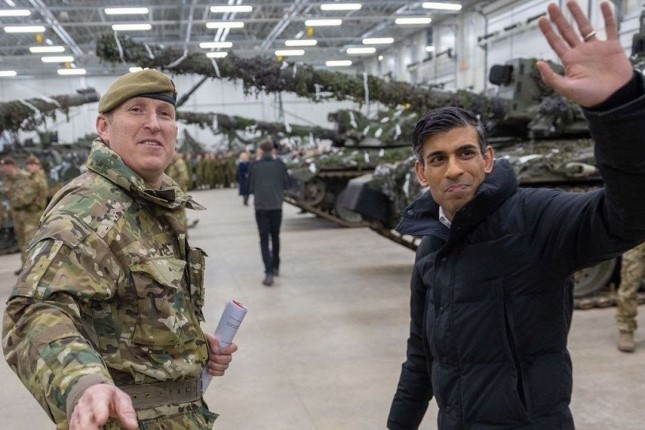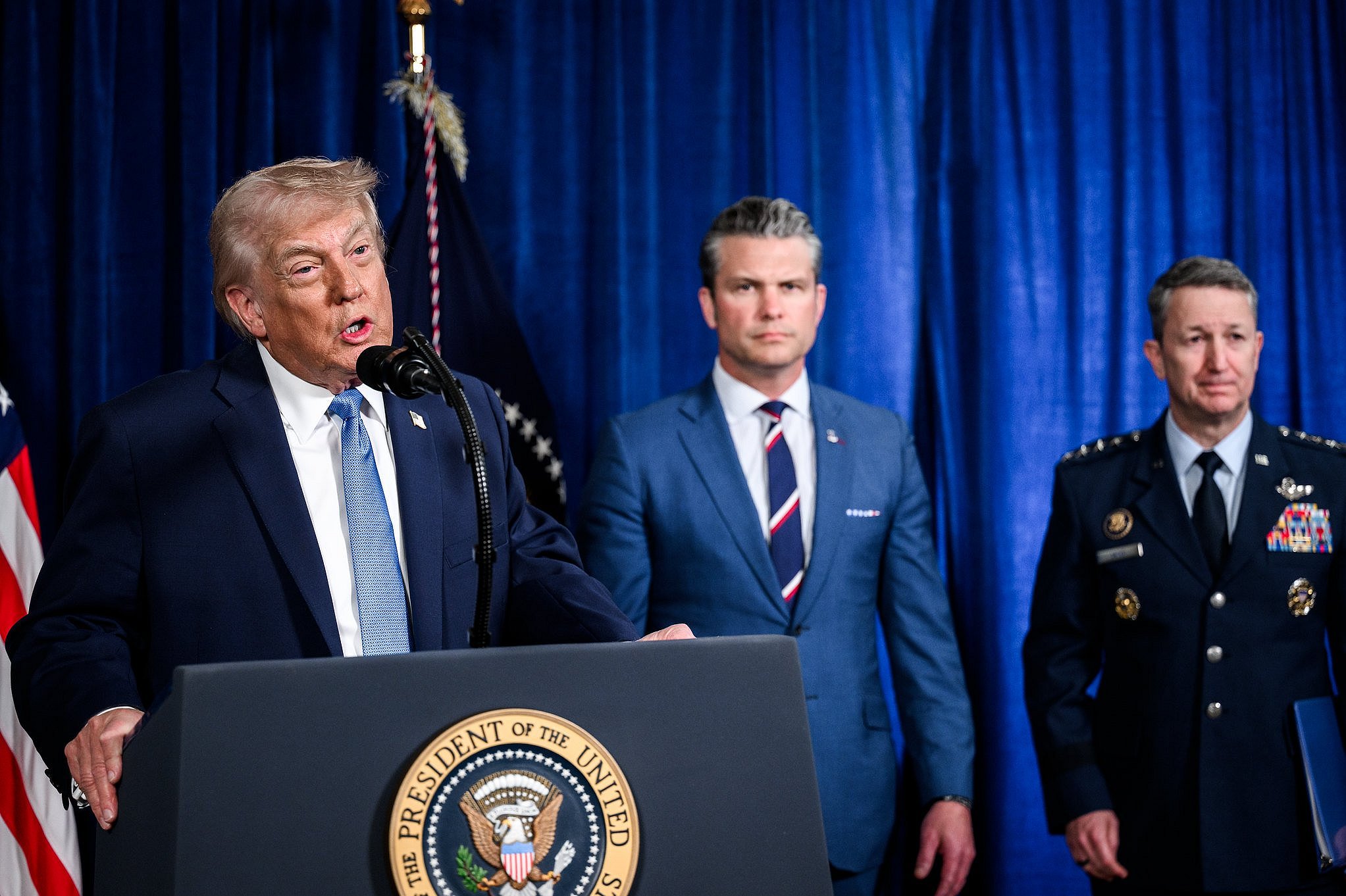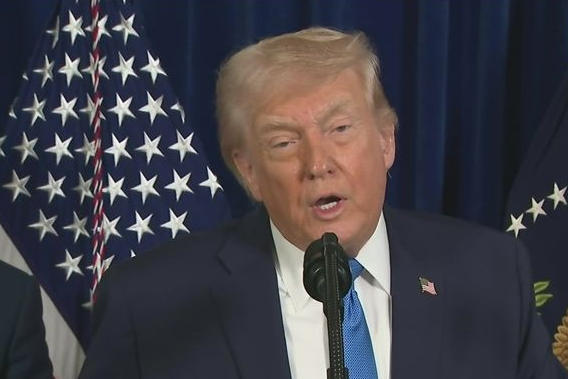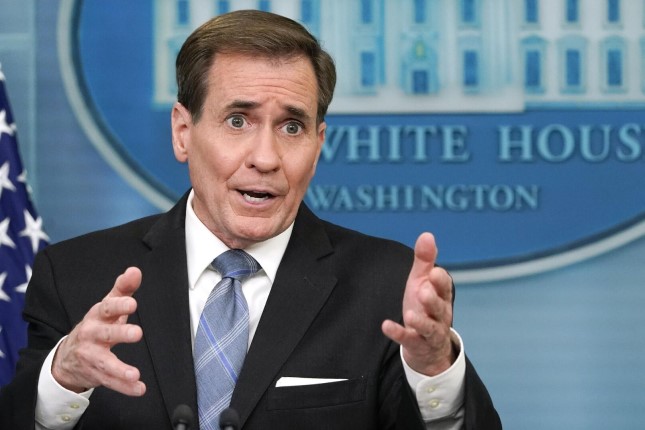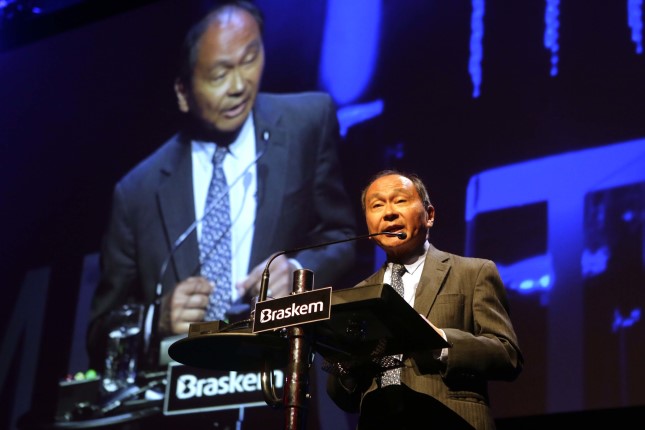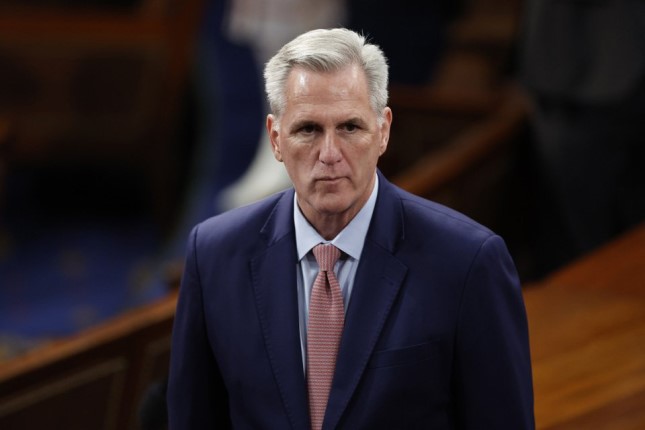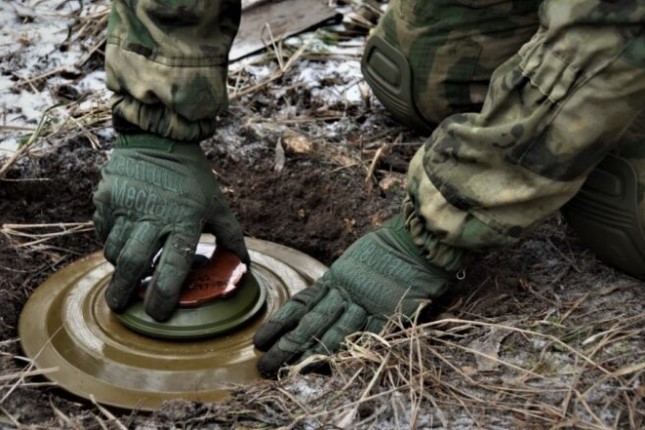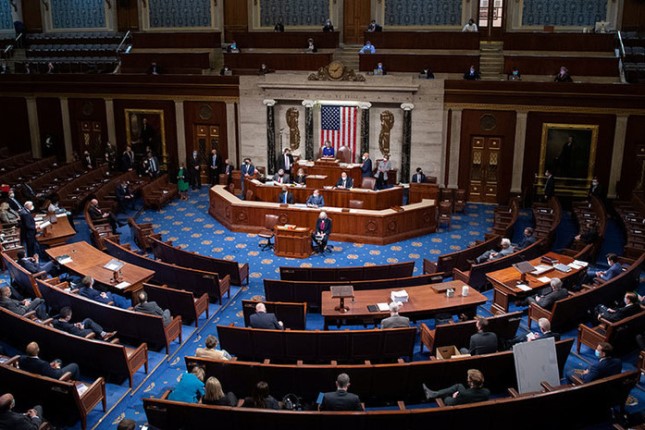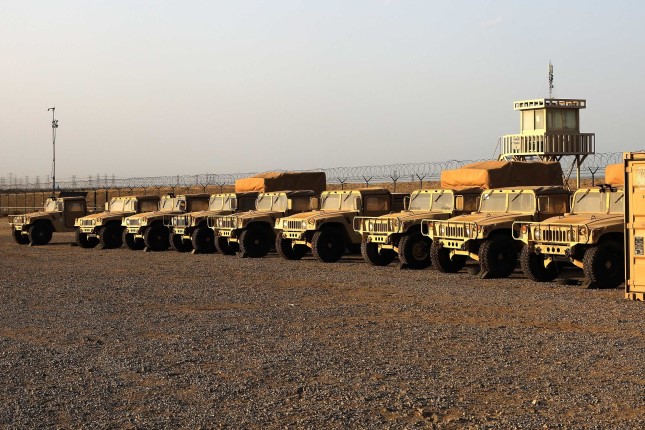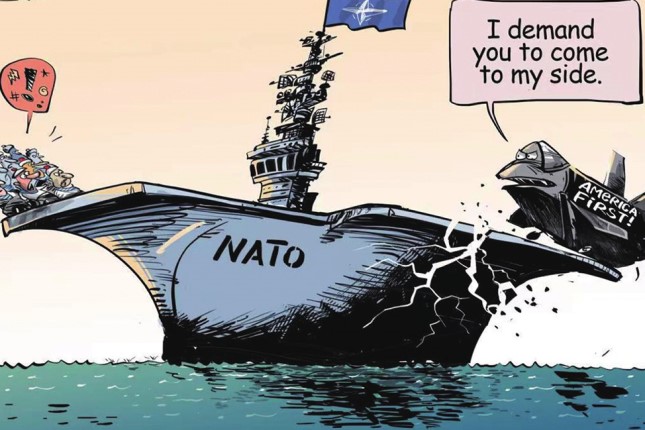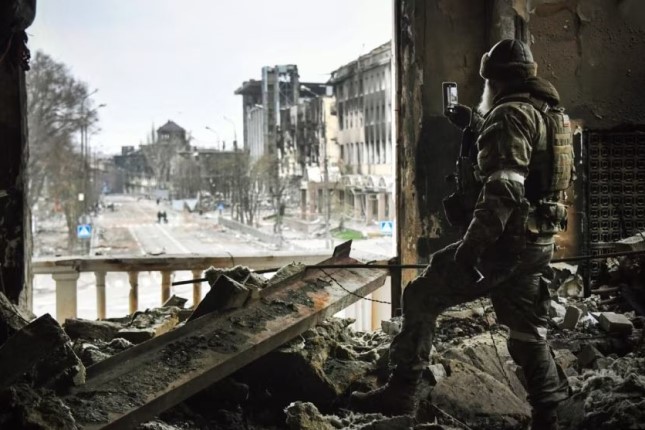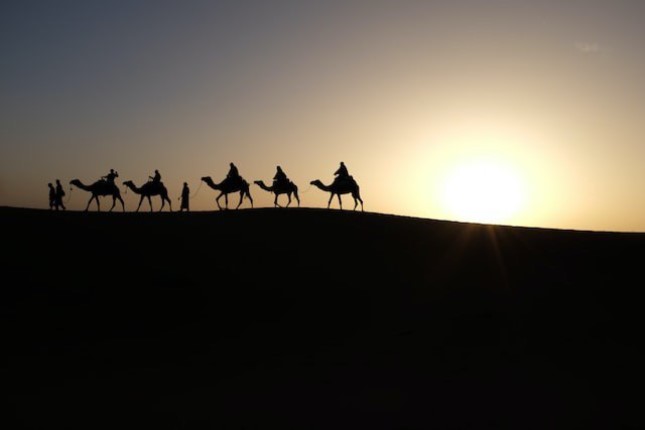Britain stepped up its critical role in NATO’s war against Russia this week, confirming that it intends to send Challenger 2 battle tanks to Ukraine.
The Financial Times and Daily Telegraph reported Wednesday a Downing Street official saying that Prime Minister Rishi Sunak has instructed Defence Secretary Ben Wallace to “work with partners” in the coming weeks and go “further and faster with our support for Ukraine including the provision of tanks”.
The spokesperson added, “We are accelerating our support to Ukraine with the kind of next-generation military technology that will help to win this war… It is clear that battle tanks could provide a game-changing capability to the Ukrainians.”
According to various sources the decision will be finalised at the January 20 meeting of the United States-led “Ramstein” contact group of defence ministers—comprising the 50 nations flooding Ukraine with ever more advanced, lethal weaponry.
The move takes places just days after the US, France and Germany announced that they will send over a 100 tanks and other armoured, tracked vehicles to Ukraine. As the WSWS noted, “the dispatch of light tanks and infantry fighting vehicles to Ukraine will only be the prelude to the sending of main battle tanks to Ukraine.”
This is now the reality. Britain’s Challenger 2, along with the US-made M1 Abrams and German-manufactured Leopard, is one of the most advanced, heavily armoured battle tanks in the world. Deployed in imperialist military operations in Bosnia and Herzegovina, Kosovo and Iraq, there is only one reported case of the tank being lost in action—destroyed by friendly fire from another Challenger in Iraq in 2003.
It is unclear how many Challengers London will send, with Sky News reporting Monday from a source that “Britain might offer around 10 Challenger 2 tanks, enough to equip a squadron.”
After years of budget cuts to the armed forces following the dissolution of the Soviet Union in 1991, Britain no longer possesses a large tank fleet, with just 227 of the Challenger 1 and 2 in operation. Only one other country, Oman, uses Challengers in its armed forces. According to the Forces website, “One hundred and forty-eight Challenger 2s are currently being upgraded to ‘Challenger 3s’”(at a cost of £800 million)“with the remaining 79 vehicles from the fleet set for retirement.” In sharp contrast, there are more than 2,000 Leopards being operated by 13 European governments.
Forces boasted that Russia would be “fighting an undefeated platform” in the Challenger 2. The Express went further with a headline, “UK tanks set to open up third Ukraine front and cut off Crimea in ‘real problem’ for Putin”, asserting, “The Challenger 2 tanks are one of only three ‘world-class’ tanks capable of destroying their Russian equivalents [T-72s and T-90s], alongside the US Abram M1s and the German Leopard 2s.”
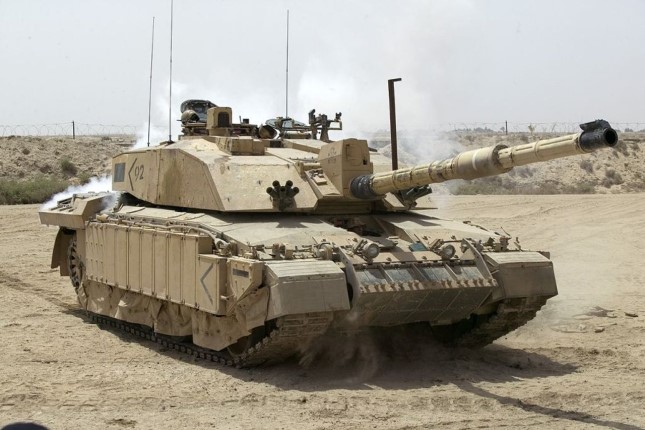
Soldiers of 1 A Squadron, Queens Royal Lancers (QRL) patrolling outside Basra, Iraq onboard a Challenger 2 Main Battle Tank during Operation Telic 4. Photo: defenceimagery.mod.uk / for reuse under the OGL (Open Government License).
It cited Professor Michael Clarke, a “prominent military analyst”, that Challenger 2 tanks have “the Chobham Dorchester armour, meaning they can take a direct hit from a [Russian] T-72 and it would still not destroy them”.
Clarke mapped out the strategy for Challenger tanks leading the way in seizing the Crimean peninsula from Russia. “If they [Ukraine] have the luxury of going first when the weather starts to ease, then my view is they would use [the Challenger 2 tanks] to open up a third front from Zaporizhzhya directly south to the coast, to [the city of] Melitopol.
“That would cut off Crimea, insulate it in quite an important way. It would give the Russians real problems. It would actually split the land bridge that the Russians have established in two and make Crimea very vulnerable. And it wouldn’t be that difficult to do if they had the tanks and the armoured fighting vehicles.”
Articles in the media across the political spectrum hailed the fact that Britain is set to be the first nation to supply main battle tanks to Ukraine, spurring other NATO powers to do likewise.
The Economist titled its response, “The West should supply tanks to Ukraine—Allies have been too cautious about giving it the means to resist Russian aggression,” stating that with the imminent decision to send Challenger tanks, “Ukraine’s other allies should follow that lead; Poland is keen.”
It was “good news that America, France and Germany are at last sending more powerful weapons—Bradley Fighting Vehicles, the similar French AMX and the German Marder. But that is not enough; these are armoured infantry carriers with guns, rather than true tanks, which have tougher armour and more powerful cannons.” To defeat Russia, Ukraine “will need more: heavy tanks and longer-range missiles.” It concluded in a swipe at Germany, “The assessment that providing a Marder is much safer than sending in a Leopard is flawed. War is dangerous, but Ukraine needs to finish the job. It should be given the tools it needs.”
The London Times editorialised, “while Britain deserves credit for the offer to supply Challengers, the reality is that it has precious few to offer from its own stocks: a few dozen at a stretch, but not the hundreds Ukraine needs to reverse the Russian gains of last year.
“A large-scale Ukrainian armoured offensive would need an injection of hundreds of modern tanks, which means Leopards or Abrams…”
“Britain’s gesture,” it advised, “will encourage allies to think again about handing Kyiv the tools to finish the job. The armoured salvation of Ukraine ultimately lies in the hands of the Americans and Germans.”
Poland said this week it would send Leopard 2 heavy tanks, but that this is dependent on Berlin giving allied countries permission to export the German-made hardware. On a visit to Lviv Wednesday, Polish President Andrzej Duda said, “A company of Leopard tanks will be handed over as part of a coalition that is being built.”
Steffen Hebestreit, the spokesman of German Chancellor Olaf Scholz, said Wednesday, “There is no change in the situation now because of the step that the British government has announced.” Hebestreit described the move by Scholz and Biden to send Marder and Bradley armoured vehicles as “a qualitatively new step,” but what will happen next “[we] will have to see along the way” as part of “international coordination.”
Politico noted that Scholz told a regional election rally in Berlin Monday that tank deliveries to Ukraine must be discussed “together with friends and allies and especially with our transatlantic partner, with the United States of America.”
Social Democratic Party leader Scholz faces massive pressure to grant the export licences from within his own party and its warmongering Greens and Free Democratic Party governing partners.
Pressure was ramped up by Ukrainian Foreign Minister Dmytro Kuleba, who on Wednesday told German TV station ARD, “Even if Germany has certain rational arguments for not doing it [allowing other countries to send Ukraine Leopard tanks], Germany will still do it at a later date.” He added, “We have already seen this with the self-propelled howitzers, with the IRIS-T air defense system, and most recently with the Marders and Patriot [air defense] systems.”
Kuleba added, “It’s always a similar pattern: First they say ‘no,’ then they fiercely defend their decision, only to say ‘yes’ in the end.”
Given the main role of the US in conducting NATO’s war, it is clear that the demands on Germany are being propelled by the Biden administration. Politico reported Wednesday, “Talks between the US and Ukrainians are continuing over providing American-made Abrams tanks, but there has been little progress as the Biden administration thinks a European-led solution is best.”
On Thursday, Germany’s economics minister and vice chancellor Robert Habeck declared, “There is a difference between making a decision for yourself and preventing others from making a decision,” opening the door for Germany to allow Poland to export Leopard 2 tanks to Ukraine.
Hundreds of millions of people in Europe and internationally are being dragged into a maelstrom. On Monday, Nikolai Patrushev, the Russian Security Council secretary, told the weekly Argumenti i Fakti, “The events in Ukraine are not a clash between Moscow and Kyiv—this is a military confrontation between Russia and NATO, and above all the United States and Britain.”
Britain’s ruling elite are insisting that in order to confront Russia and “rising threats” globally, in the words of the Financial Times, “The future of Britain’s military, and how much it costs, is a more urgent matter today than at any time since the end of the cold war.” The brutal offensive against the living standards of the working class is to be ramped up by orders of magnitude to pay for the vast rearmament underway.
Main photo: UK Prime Minister Rishi Sunak visits UK troops stationed in Estonia at Tapa military base. In the background are some of the UK's Challenger 2 tank fleet. December 19, 2022, Tapa, Estonia © Simon Walker / No 10 Downing Street.
Source: World Socialist Web Site.
